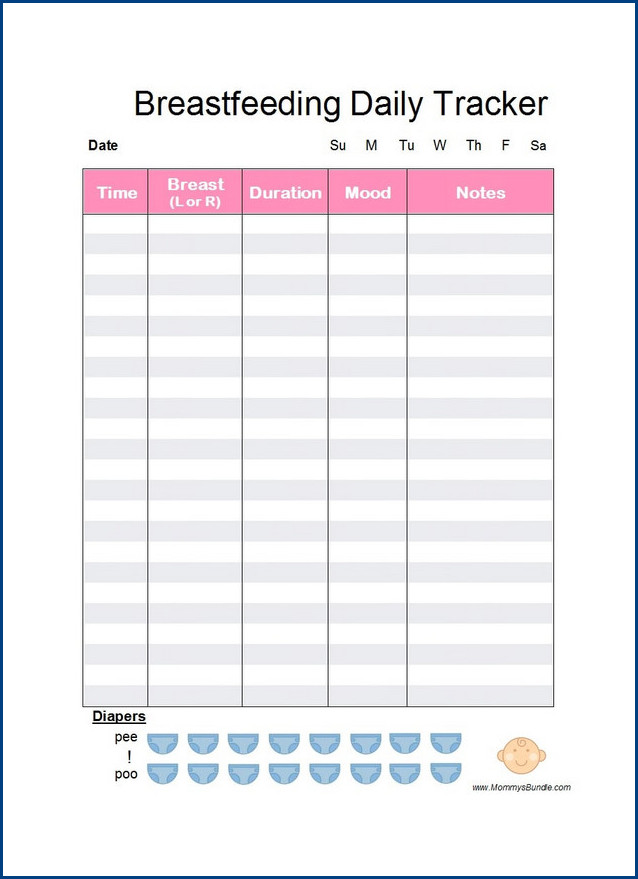
How do you keep track of newborn feedings?
Keeping track of newborn feedings is essential for both the baby’s health and the parent’s peace of mind. One effective way to do this is by using a feeding log or journal. This can be as simple as a notebook or as advanced as a mobile app. By recording the time, duration, and amount of each feeding, parents can easily monitor their baby’s feeding patterns and detect any irregularities. This can be especially helpful for breastfeeding mothers who want to ensure their baby is getting enough milk. Additionally, a feeding log can help parents identify any potential issues, such as feeding difficulties or reflux, which can then be discussed with a pediatrician.
Another method to keep track of newborn feedings is by using a baby tracker or timer. These devices are specifically designed to monitor and record feeding times, diaper changes, sleep schedules, and more. They often come with additional features like reminders or alarms to help parents stay on schedule. Some baby trackers can even sync with smartphone apps, allowing parents to easily access and analyze the data. With the help of a baby tracker, parents can stay organized, track their baby’s progress, and ensure they are meeting their feeding goals.
What is an infant feeding log?
An infant feeding log is a tool used by parents to keep track of their baby’s feeding habits, including the time, duration, and type of feeding. It provides a detailed record of the baby’s feeding schedule, which is essential for monitoring their growth and development. The log typically includes information about breastfeeding, bottle feeding, and solid foods introduction.
The purpose of keeping an infant feeding log is to ensure that the baby is receiving adequate nutrition and to identify any issues or patterns in their feeding habits. By recording the time and duration of each feeding, parents can establish a routine and detect any irregularities that may indicate a problem. Additionally, the log can help healthcare professionals assess the baby’s feeding patterns during check-ups, enabling them to offer appropriate guidance and support.
The benefits of using an infant feeding log are numerous.
- It helps parents track their baby’s growth and monitor their feeding progress over time. This can be particularly useful for breastfeeding mothers who want to ensure that their baby is gaining weight appropriately.
- The log allows parents to identify any potential feeding issues, such as difficulty latching or a decrease in appetite. By spotting these problems early on, parents can seek help and guidance from healthcare professionals to address any concerns.
- Keeping a feeding log can provide peace of mind for parents, as they can see a clear record of their baby’s feeding patterns, ensuring that they are meeting their nutritional needs.




How to create a infant feeding log
Here are some steps to create an effective infant feeding log:
- Gather necessary supplies: Before starting, gather all the supplies you will need, such as a notebook or a dedicated feeding log template, a pen or pencil, and a timer or clock.
- Record feeding times: Start by recording the time each feeding begins and ends. This will help you establish a routine and identify any patterns or irregularities in your baby’s feeding schedule.
- Note the type of feeding: Include whether it was a breastfeeding session, bottle feeding, or a combination of both. This information can be useful for tracking your baby’s intake and identifying any issues or concerns.
- Track the amount consumed: Note down the amount of milk or formula your baby consumes during each feeding. This can help you ensure that your baby is getting enough nutrition and detect any changes in their appetite.
- Monitor diaper changes: Keep track of your baby’s diaper changes, including wet diapers and dirty diapers. This can provide valuable insights into their hydration and digestion.
- Document any unusual symptoms or behaviors: If your baby experiences any unusual symptoms or behaviors during or after feeding, make a note of them in the log. This can help you identify any potential issues or discuss them with your pediatrician.
By creating and maintaining an infant feeding log, you can gain a better understanding of your baby’s feeding patterns and ensure that they are receiving adequate nutrition for their growth and development.
Infant Feeding Log Template | Word – Download
Infant Feeding Log Template | PDF – Download